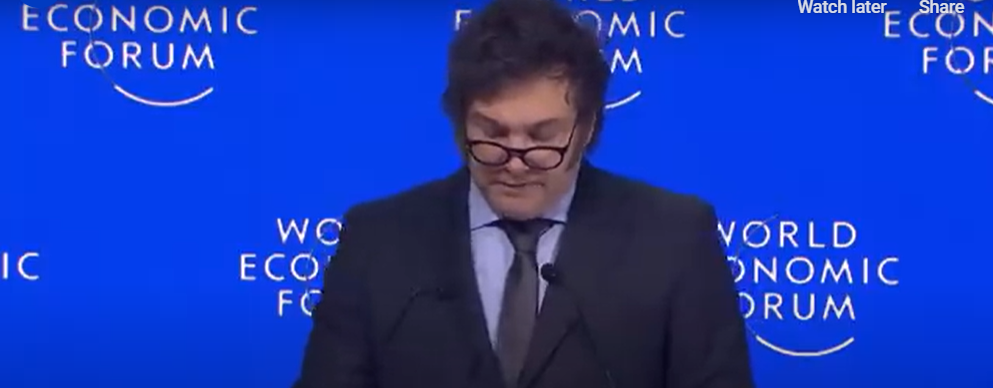La Leche League eliminates mothers?

La Leche League was established in 1956 as a support group for mothers who chose to breastfeed their babies in a world where it was often not supported, and even actively discouraged.
Today, the La Leche League U.S. website does not even mention the word "mother" in their mission statement, or just about anywhere on their website.
Their signal publication is The Womanly Art of Breastfeeding, which has been updated and reprinted 7 times since its original publication in 1958. This book is still advertised on the LLL international site, but it has disappeared from the USA site, except for a few mentions in articles.
In 2014, the LLL USA internet site proclaimed that LLL
believes that mothering through breastfeeding deepens a mother's understanding and acceptance of the responsibilities and rewards of her special role in the family. As a woman grows in mothering she grows as a human being, and every other role she may fill in her lifetime is enriched by the insights and humanity she brings to it from her experiences as a mother.
Today, LLL USA
helps parents, families, and communities to breastfeed, chestfeed, and human milk feed their babies through parent-to-parent support. LLL USA encourages, informs, educates, supports, and promotes the use of human milk and the intimate relationship and development that comes from nursing a child for as long as mutually desired.
In a world where most 'feminists' chose to climb the corporate ladder, the feminists of La Leche League – and many of them did consider themselves feminists – sought to empower women through one of the most significant feminine acts, nurturing their babies and families. They did this by providing breastfeeding support and advice to any woman who wanted it, free of charge, but they also sought to represent an overarching ideal for parenting.
This included many things: natural childbirth, breastfeeding on demand, child-led weaning, good nutrition for the whole family, staying at home with your young children, and principles that have come to be called attachment parenting. They did not demand this of the mothers who sought their help, and these ideals were not cut in stone and inflexible, but those who aspired to be La Leche League Leaders had to agree on some level to ten basic principles that formed the core of the organization's ideals.
Even on the LLL International website, which - unlike the USA site - does still refer to mothers and mothering, there is an interesting change to one of those principles. While in the 1989 edition of the Leader's Handbook, one of the guiding principles of LLL was that "[b]reastmilk is the superior infant food." (p.3), the LLL international site today substitutes the following: “Human milk is the natural food for babies, uniquely meeting their changing needs.” [Emphasis added]
This is significant, and even misinforming. Human milk, as a substance, does not uniquely meet a baby's changing needs. Breastmilk does.
For years, practically from its inception, LLL has fought against the widespread pressure on mothers to use breast milk substitutes ('formula'), for various reasons. One is that it is not the same as the real thing, a reality that has been revealed on many occasions when babies sickened or died because of some essential component that was later found to be missing in a 'formula'. Breastmilk substitutes are a godsend when they are necessary, a great improvement on what was otherwise available to babies who didn't have mothers or had one of the few mothers who couldn't produce an adequate supply of milk. Like all medications, however, one must weigh the benefits against the risks.
A welcome entry into the arena of feeding babies who cannot feed from their mothers are breast milk banks. Again, a godsend for the preemies for whom the bank was originally established. A baby can receive donated breast milk; or, shall we say, 'human milk' - because there are differences.
In 2019, a review of studies on breastmilk in Nutrition Reviews confirmed, contrary to what even LLL had maintained for years, that breastmilk is not sterile. In fact, "Human milk is an immunologically active fluid" which includes "a complex microbiome" and “[e]arly infant microbial colonization is essential for infant metabolic and immunological development.”
Milk banks pasteurize the milk that is donated in order to avoid dangerous infections. That means that human milk from a milk bank will most likely be missing the beneficial bacteria found in the milk as it came from a mother's breast. This is very likely necessary under the circumstances, for milk that will be handled, stored, and transported before a baby receives it, but it is not optimal.
As recently as 2022, in an editorial in the journal Frontiers in Immunology, the author states:
“The soluble and cellular components of human breast milk vary according to the period of milk maturation and the time of day. The nutritional and immunological composition also changes depending on the diet and diseases experienced by the mother.”
This is true for babies nursing at their mothers' breasts. They are receiving milk that is "uniquely meeting their changing needs." It cannot possibly be true for a baby receiving 'human milk' from a milk bank.
It is not possible to remove women – mothers – from the idea of infant nutrition. Their milk is the standard against which all other methods of infant feeding are measured.
Breastfeeding is also more than nutrition. It provides exercise to growing mouths that artificial nipples cannot duplicate. It provides comfort and security for a baby, close to the body that was once its home. Not everyone gets to benefit from this full experience, but it is worth striving for and preserving. It is the gold standard.




